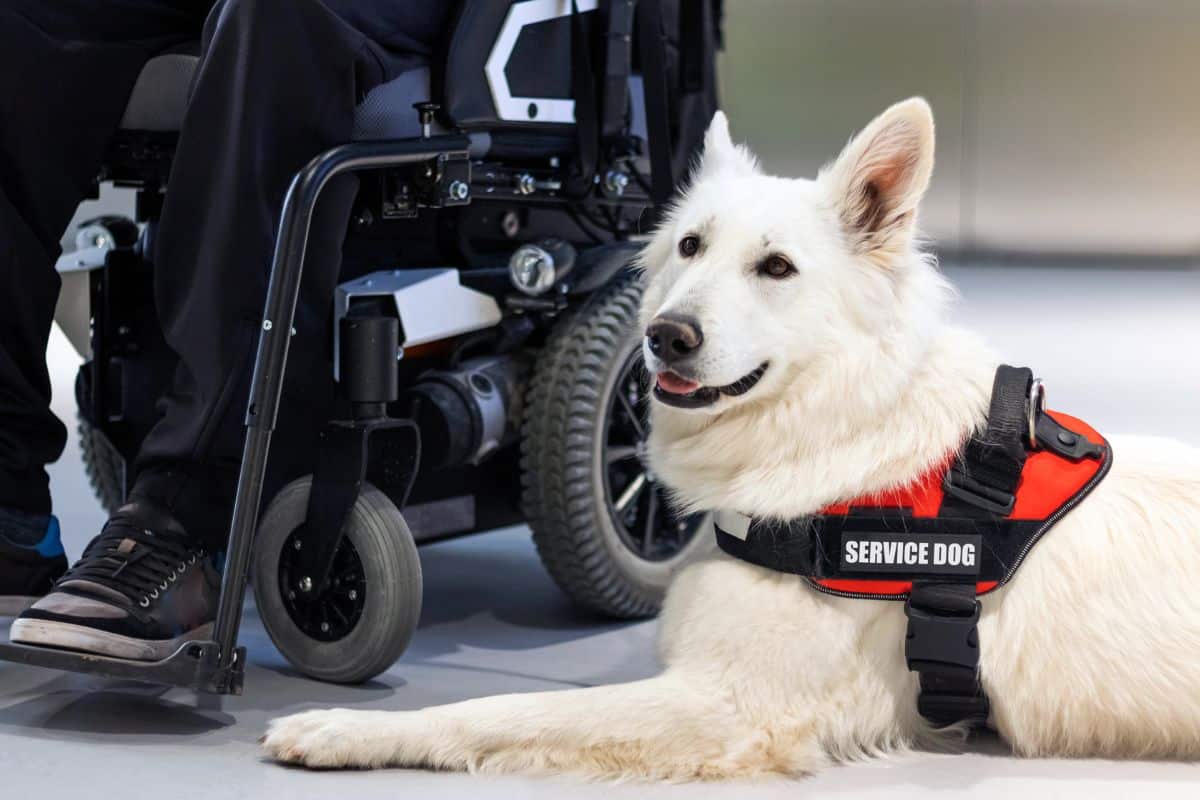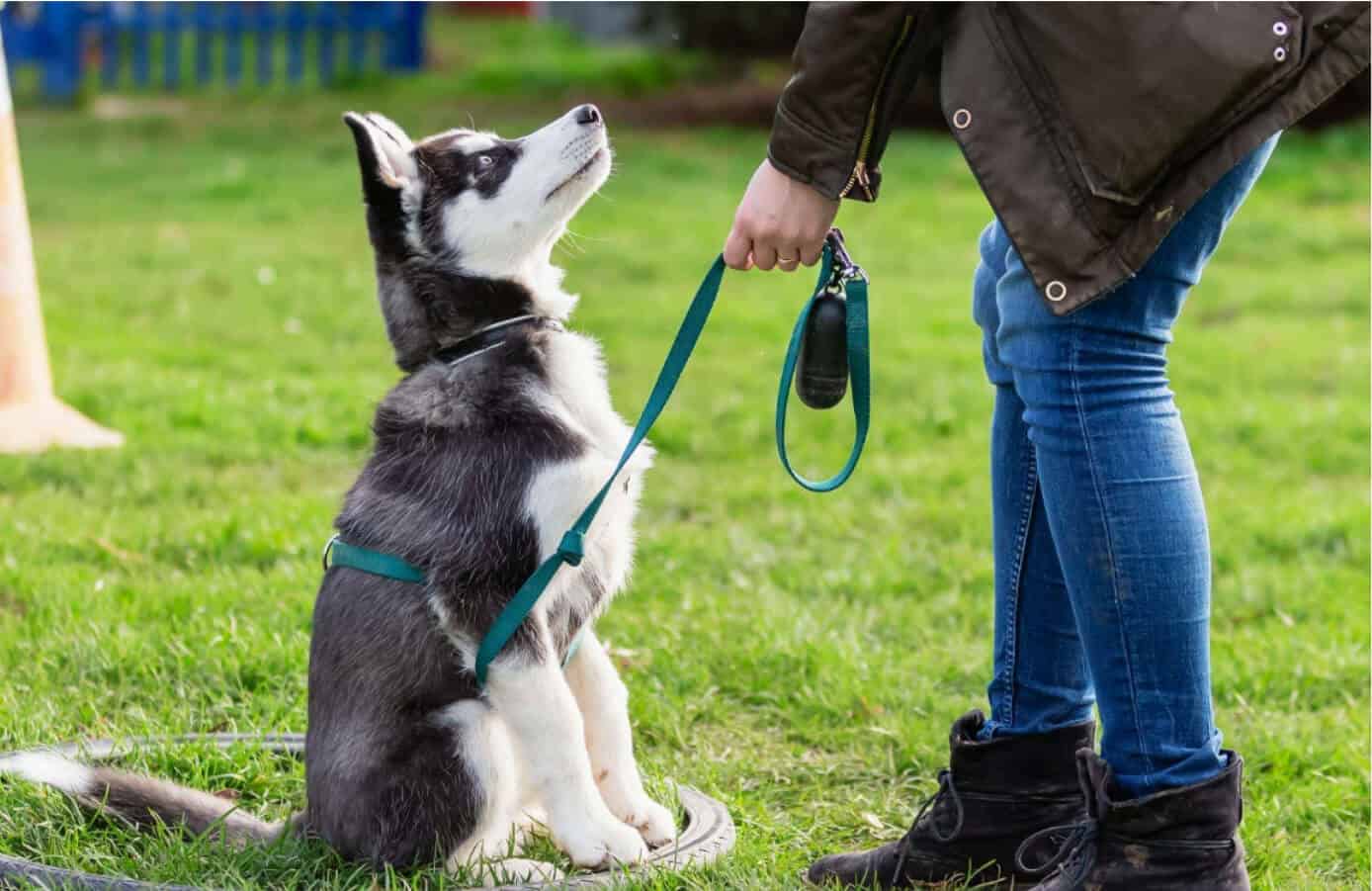Dog Training for First-Time Pet Owners: What You Need to Know
Dog Training for First-Time Pet Owners: What You Need to Know
Blog Article
Transform Your Pet's Behavior With Proven Training Techniques
Transforming your pet dog's actions calls for a nuanced understanding of their specific characteristics and requirements, along with the application of tested training approaches. By using positive reinforcement and recognizing essential cues in their body movement, you can effectively attend to usual behavior problems such as extreme barking or leaping. Consistency in your training method not only enhances obedience yet additionally cultivates a much deeper bond of depend on and respect between you and your animal. However, the path to effective makeover might provide unanticipated difficulties that warrant additional exploration.
Understanding Pet Habits
Understanding pet dog behavior is essential for reliable training and communication in between people and their canine friends. Pet dogs, as social animals, display a series of actions influenced by genes, environment, and experiences - Dog training. Identifying these habits aids owners customize their training approaches to satisfy the specific requirements of their dogs
Key elements of pet dog actions consist of body language, articulations, and social communications. Additionally, socialization plays an important function in forming habits; pet dogs that connect positively with various other pets and various individuals are normally more adaptable and well-adjusted.
Furthermore, acknowledging tension signals-- such as panting, avoidance, or pacing actions-- can protect against rise right into extra significant concerns. Proprietors who are attuned to their dog's behavior can create a safe and caring atmosphere, promoting count on and improving the training process. Ultimately, a deep understanding of canine actions lays the structure for an unified partnership and reliable training results, ensuring both dogs and their proprietors prosper with each other.
Favorable Support Strategies
Favorable support methods are extensively acknowledged as one of the most reliable techniques for training pet dogs, promoting a favorable understanding atmosphere. This technique involves fulfilling preferred actions with deals with, appreciation, or play, thus encouraging the pet to repeat those behaviors. Unlike punishing approaches, positive support builds trust fund and enhances the bond in between the trainer and the pet.
Rewards ought to be provided immediately following the preferred habits to aid the pet make the link. Consistency is also vital; utilizing the very same commands and incentives aids the dog understand what is expected.
It is essential to note that favorable support is not concerning bribery; instead, it is concerning reinforcing great habits. Gradually, as the pet dog finds out to link specific actions with favorable end results, the regularity of incentives can be gradually decreased, transitioning to verbal praise or intermittent rewards. This approach not just urges obedience but also promotes a certain and pleased dog, making training a more satisfying experience for both parties entailed.
Dealing With Usual Concerns
Resolving typical issues throughout pet dog training is necessary for making certain a successful and harmonious connection between the pet dog and its proprietor. Several pet proprietors experience behavioral obstacles, such as extreme barking, jumping, and chain pulling. Recognizing the source of these actions is crucial for reliable training.
To mitigate this, provide ample physical exercise, psychological stimulation, and possibilities for social communication with both humans and various other canines. Training the pet to rest upon greeting can redirect this habits favorably.
Leash pulling is an additional prevalent problem, regularly arising from a pet dog's eagerness to check out. Using correct leash managing strategies, combined with training protocols that motivate loose-leash strolling, can significantly enhance this actions.
Additionally, issues like resource securing or separation anxiety need customized approaches. Progressive desensitization and counter-conditioning can be efficient in resolving these challenges. By recognizing and proactively handling these usual concerns, pet dog owners can foster a much more satisfying training experience and Home Page reinforce the bond with their canine friends.
Uniformity in Training

To accomplish uniformity, it is crucial that all members of the house stick to the exact same training techniques. Utilizing the exact same spoken hints and hand signals makes sure that the pet dog receives uniform messages. Additionally, the timing of adjustments and incentives ought to correspond; instant support boosts the possibility that the pet dog will connect the actions with the outcome.
Additionally, establishing a regimen can further boost consistency. Routine session, combined with organized routines for feeding, strolling, and playtime, aid canines prepare for and comprehend their setting, making them much more responsive to training. Ultimately, uniformity fosters a feeling of safety and security and trust fund, empowering pets to find out more successfully. By committing to an organized method, trainers can advertise favorable habits changes and grow a courteous friend.
Building a Solid Bond
How can cultivating a solid bond between a canine and its owner boost the training experience? When a pet really feels safe Visit Your URL in its connection with its proprietor, it is much more likely to show positive behaviors and be responsive to discovering.
Additionally, a solid bond assists in better interaction. Pet dogs are proficient at reviewing human hints, and a trusting connection permits more clear signals during training. Proprietors who spend time in building this bond via play, socialization, and favorable reinforcement develop an atmosphere where dogs really feel eager and inspired to learn.
In addition, a well-established link can decrease anxiousness and behavioral problems, as important source dogs are much less most likely to act out when they feel recognized and cared for. Focusing on the development of a solid bond not just enhances the training experience however also adds to a better and much more well-adjusted pet. Inevitably, the trip of training transforms into a joint partnership, resulting in lasting behavior improvements.
Final Thought

Owners who are attuned to their pet's actions can produce a risk-free and nurturing atmosphere, fostering trust and enhancing the training procedure. Ultimately, a deep understanding of canine habits lays the structure for a harmonious connection and reliable training end results, ensuring both pets and their owners grow together.
Dealing with common concerns throughout pet training is crucial for guaranteeing a effective and harmonious relationship in between the pet and its owner.Consistency is a foundation of effective dog training, as it develops a clear framework for the canine to recognize habits and expectations.In final thought, transforming a pet's actions via verified training methods calls for an understanding of canine habits, the application of favorable support methods, and an emphasis on uniformity.
Report this page